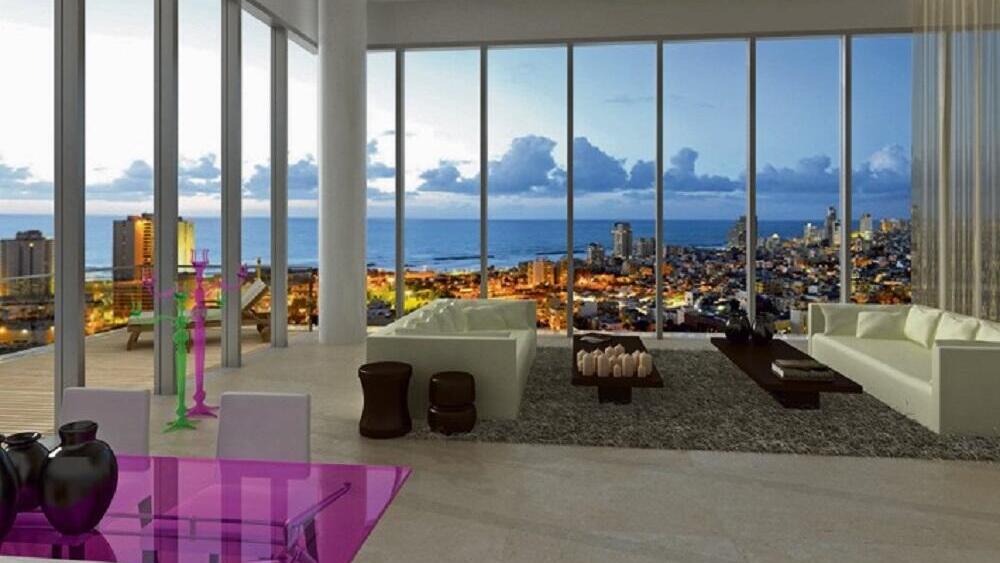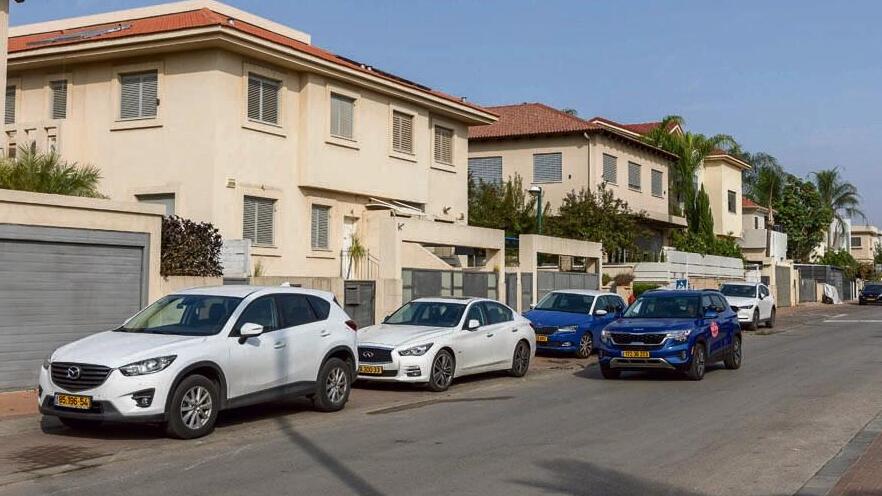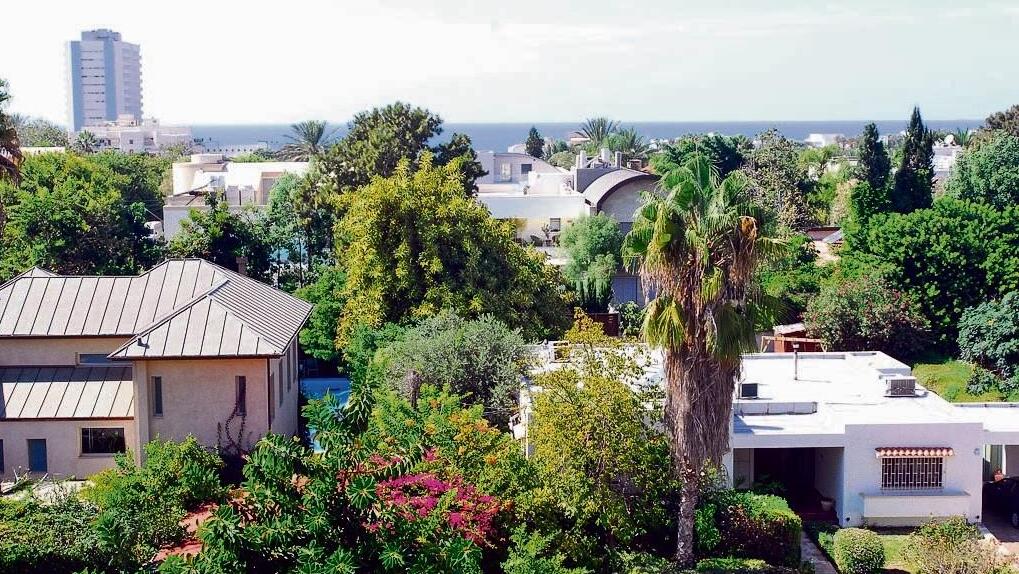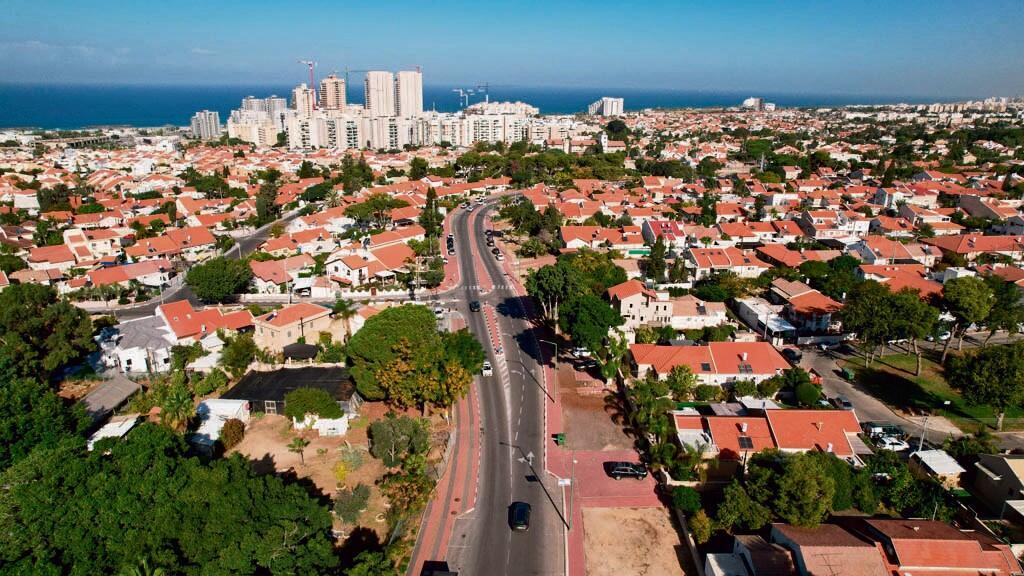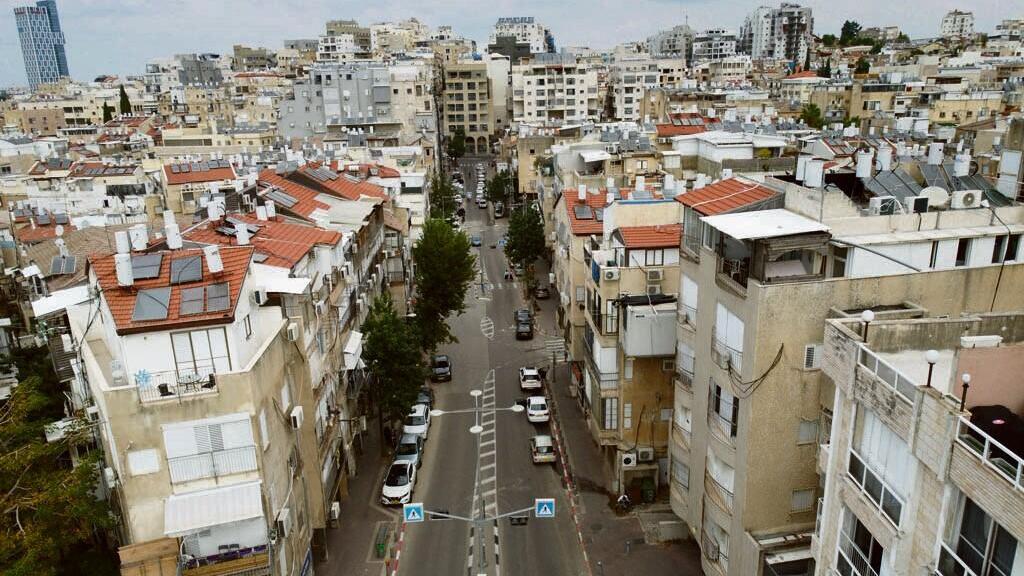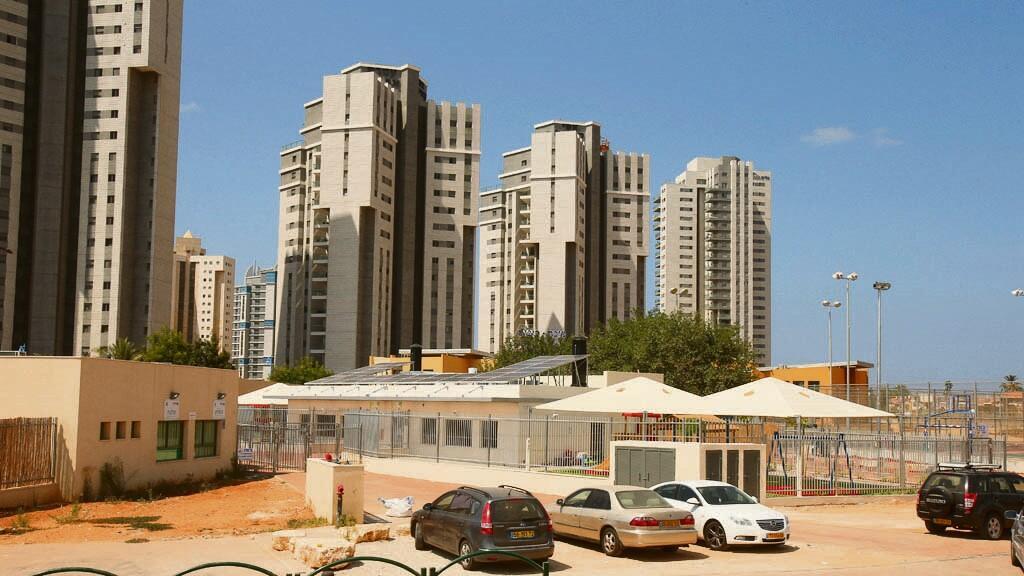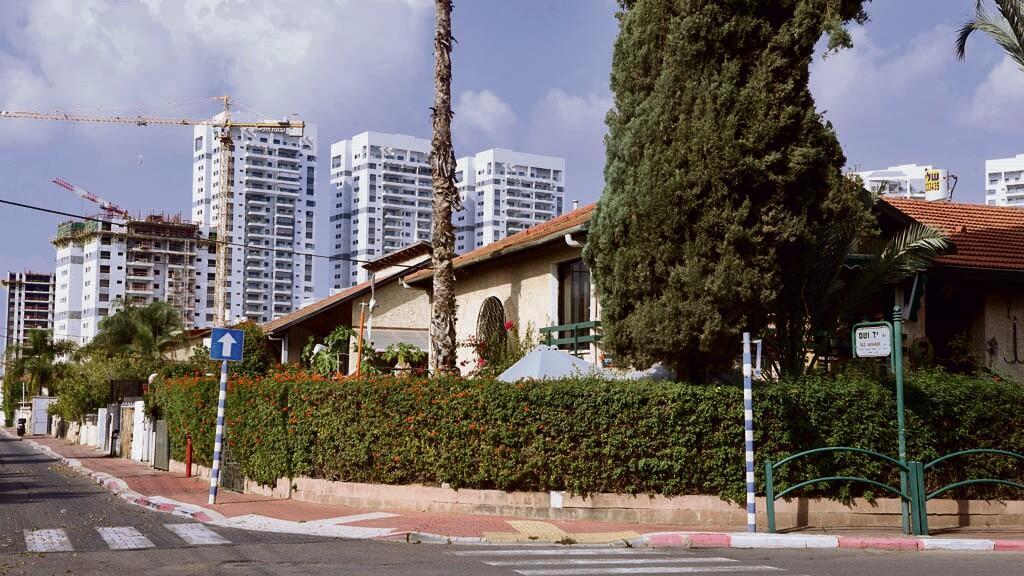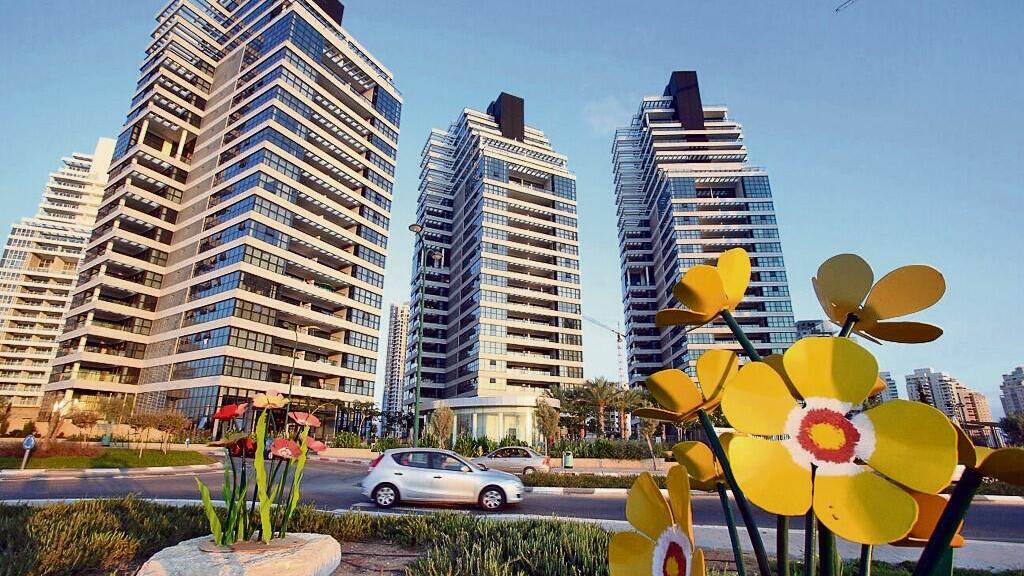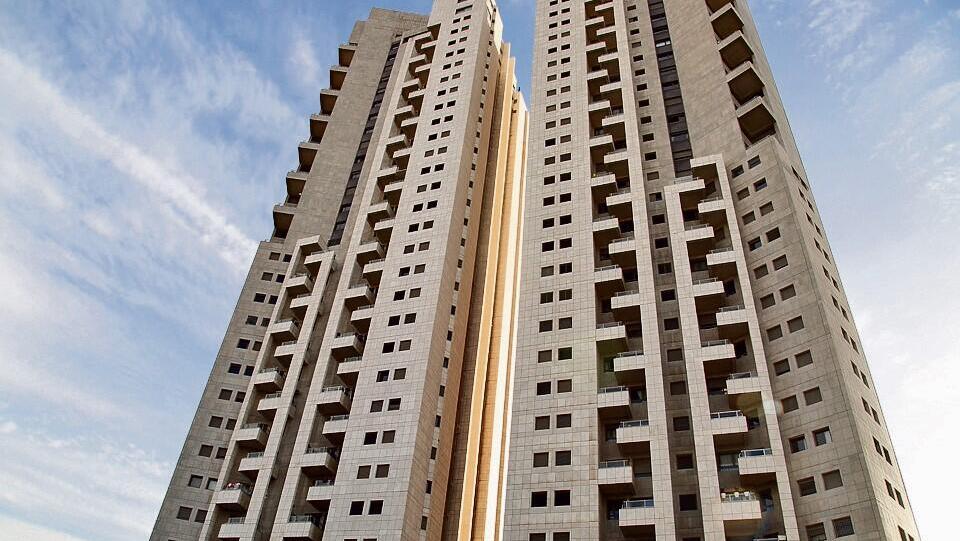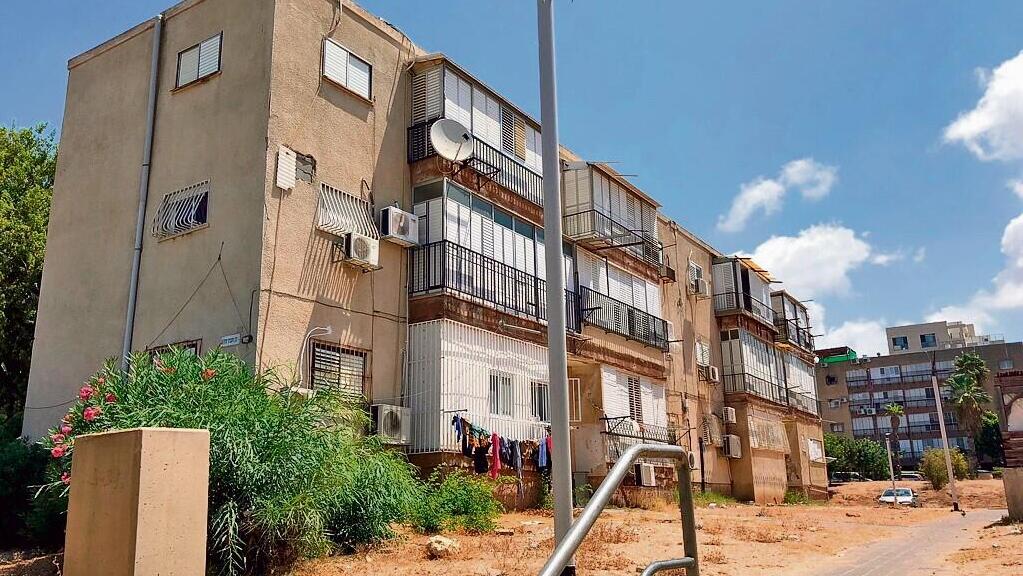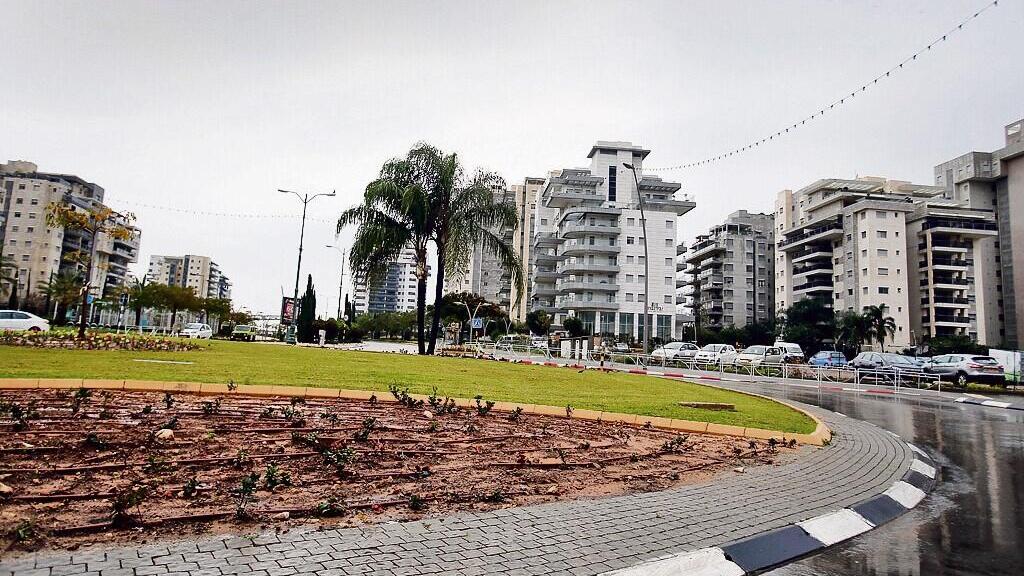Getting your Trinity Audio player ready...
Over 35% of Israeli households do not own an apartment, so the only alternative is rent, which is becoming increasingly exorbitant. Experts estimate that rising interest and mortgage rates will push the prices even higher. As a result, the more people rent, the less apartments will be available for purchasing and renting.
Nevertheless, Israelis still opt to rent in sought after neighborhoods even if it comes at a cost, shunning budget-friendly options.
DiffeRent, a property management company in Ramat Gan, has conducted a study on the most sought after neighborhoods in the country. Most of them are located in central Israel, where the rent prices are already through the roof. The average rent price nationwide stands at 4,702 NIS ($1,374), which marks a 16% increase from October of 2021.
The study looks at the top ten neighborhoods, factoring in how much rent has risen during a specific timeframe and the number of apartments offered up for rent.
Here is the list of the top 10 most wanted neighborhood in Israel for rent:
1) Park neighborhood, Kfar Saba
4-year price hike: 63%
Founded in 2003
450 families strong
Average rent stands at 6,802 NIS
Kfar Saba is becoming very popular among young families and couples, and 2022 saw it experience a significant increase in prices on apartment - both rent and purchasing. Park neighborhood, which is fresh, young and lush with greenery, has 450 families in its apartment complexes and duplexes.
In the last two years, many young families have moved in to ground-floor units with four-to-five rooms each.
It's located in the northeastern part of the city, situated along the municipal park. It features a playground, fitness facilities, pools and pedestrian walkways, among other things. The industrial zone functions as an employment hub and G Kfar Saba Shopping Center is a place where families come to dine, watch movies and have some fun.
The social-economic makeup of the neighborhood is considered moderate-to-high, and most are families are with teenage children. The last year saw a rise in the number of families with toddlers moving in. There are kindergartens, elementary schools, a high school and health maintenance organization branches.
It's close to highways 531 and 6, offers public transportation to every part of the city and is a mere five-minute walk from the train station. According to Danus, there's a strong sense of community, and when you take into account the park itself and the easy access to other parts of the city - it is easy to see why it has become such a gem.
2) Herzliya Pituach, Herzliya
4-year price hike: 50%
Founded in 1960s
6,425 families strong
Average rent stands at 11,372 NIS
Highly sought after among many affluent families, the area has seen several new neighborhoods sprout up. Synonymous with luxury homes, rent prices there can exceed 50,000 NIS ($14,639).
That said, 10-18 story apartment buildings are located alongside small housing units - the villas. Those usually house high-tech workers and students. Some villas were divided to several living sections to maximize living quotas.
The social-economical standing there is quite high, and can include foreign diplomats and ambassadors. There are shopping and recreational centers, not to mention a beautiful marina.
3) President Herzog's Neighborhood, Ashkelon
4-year price hike: 42%
Founded in 2007
280 families strong
Average rent stands at 4,609 NIS
The city has gone through somewhat of a make over recently, with multiple neighborhoods popping up. This one was established in 2007, mainly for those evacuated from Gush Katif - which was a bloc of 17 Israeli settlements in the southern Gaza Strip. It is located in one of the most prestigious parts of the city, just north of another sought after neighborhood of Barnea.
It's a warm, inviting, cobblestone street locale, with 280 middle class families. Age wise, it's comprised of families with 40-60-year-old parents and kids in their 20s. The renting public there is mostly young families with toddlers. There are kindergartens and an elementary school.
Shopping and recreational centers are just outside the neighborhood and the beach is just shy of a kilometer away.
4) Givat Rokach neighborhood, Bnei Brak
4-year price hike: 40%
Founded in 1930s
2,100 families strong
Average rent stands at 4,138 NIS
Givat Rokach is one of the most densely populated neighborhoods in the world, with 48 people per dunam (0.2 of an acre) of land. The social-economical makeup is lower class families with toddlers and elementary school children living in small apartments.
There are no recreational centers to speak of, so residents have to venture to the city's center for that. Since Rabbi Yaakov Israel Kanievsky resides there, many of his followers have also moved into the neighborhood.
Since 2018, the area has been subject to many "Pinui Binui" projects (where old buildings are toppled in order to build new ones), and investors rent those out to Bnei Brak residents.
5) Givat Olga, Hadera
4-year price hike: 38%
Founded in 1949
4,096 families strong
Average rent stands at 3,962 NIS
Olga is one of the only neighborhoods to go through a substantial government urban rejuvenation project in the city. It has 15,280 residents, mostly made up of veteran Israelis but also those who made Aliyah from Ethiopia and the former Soviet Union. A lot of young couples moved in due to the rejuvenation projects.
It features many ground-floor homes, and the social-economical status is low-to-medium. It's close to the train station and public transportation is abundant, but the proximity to bordering neighborhoods has caused traffic jams in and around.
There are trade centers but it's light on recreational ones, and the proximity to the famed Hadera power station serves as a red flag for many.
DiffeRent CEO Elad Shriki said: "With projects that included the construction of playgrounds, bicycle lanes and proximity to the beach, Olga has become quite popular for those seeking renting apartments at affordable prices."
6) Sela neighborhood, Rehovot
4-year price hike: 37%
Founded in 1950s
400 families strong
Average rent stands at 5,240 NIS
The northwestern neighborhood of Sela is a picture-esque location with private homes. With many selling their homes after their parents died in the last decade, the social-economical makeup has shifted to relatively young affluent families, with more than half of residents under 40.
A brisk 10-miute-walk gets you to the city's center, with plenty of recreational centers and malls.
Shriki: "What goes on in Sela is a reflection of the entire country, with young families move into old neighborhoods, looking for peace and quiet with less traffic."
7) Ir Yamim neighborhood, Netanya
4-year price hike: 36%
Founded in 2008
2,788 families strong
Average rent stands at 9,279 NIS
Situated in the southwestern part of the city right along the beach, it is adjacent to Ramat Poleg neighborhood, and has a reputation of a quality neighborhood that attracts affluent families from the Sharon coastal plain of Israel.
There are high-rise apartment buildings, kindergartens, a large park and sporting facilities. Young families make up the majority of the neighborhood.
There are walkways, bicycle lanes, a community center, playgrounds, elementary schools and Ir Yamim Mall. The country club is in Ramat Poleg, so it's quite close. There's public transportation, proximity to highways 2 and 4 and the Poleg Industrial Zone.
8) Nahalat Yitzhak neighborhood, Tel Aviv
4-year price hike: 35%
Founded in 1925
2,265 families strong
Average rent stands at 7,229 NIS
A veteran neighborhood that's close to the city of Givatayim, Nahalat Yitzhak is known as a quiet location, separated from central Tel Aviv by the Ayalon Highway. It boasts a proximity to the famed spots like Azrieli Mall, Sarona Market and Rothchild Avenue.
It has 8,450 residents with both mature and young families. There are urban rejuvenation projects that include high-rises, trade centers and office buildings all over the adjacent Yigal Alon Street. Both Hashalom and Savidor train stations are nearby. It has elementary schools and the prestigious Ironi Alef High School.
"Nahalat Yitzhak is a prime example of what happens when other parts of Tel Aviv become unaffordable," said a rent appraisal expert, Ohad Danus. "It's close to Ayalon, and the rapidly changing Yad Eliyahu Neighborhood which is becoming a business hub. It's great for young people and families who want the Tel Aviv experience without paying Tel Aviv prices."
9) Kiryat Babov neighborhood, Bat Yam
4-year price hike: 32%
Founded in 1960s
2,949 families strong
Average rent stands at 6,220 NIS
Kiryat Babov was built in the 60s and was meant to serve the Haredi population in the southeastern part of the city.
The population is still predominantly ultra-Orthodox, with many residents approaching their 80s. The average social-economical status of the residents there is quite low. There are educational establishment focused on teaching the Torah.
That said, recent projects have brought about several high-rises and trade centers in the neighborhood.
10) Nahalat Yehuda neighborhood, Rishon Lezion
4-year price hike: 30%
Founded in 1913
1,876 families strong
Average rent stands a 5,735 NIS
Nahalat Yehuda is a veteran neighborhood in the city. It has a prestigious area (Nahalat Yehuda Alef), a somewhat rundown area (Nahalat Yehuda Beit) and a private home area built in the last decade (Nahalat Yehuda Hatichona).
It has over 7,000 residents, mostly made up of young, affluent families with toddlers and tender age children. Various aspects of urban rejuvenation are taking place in the area, including Pinui Binui. There are kindergartens, elementary schools, four high schools, a junior high and playgrounds with sporting facilities.
Cobblestone streets with no power poles also adorn the neighborhood, alongside cafes and employment hubs. It is also just five minutes away from HaRishonim Train Station.


